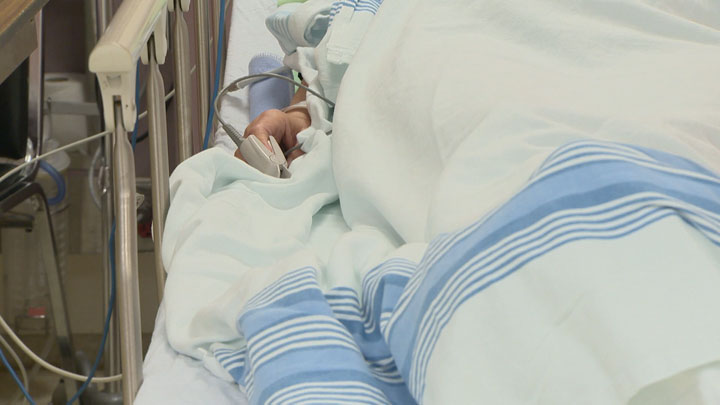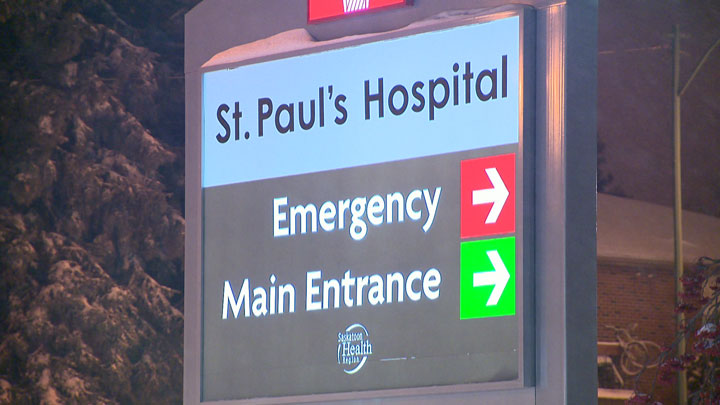SASKATOON – There will be job losses and undoubtedly it comes at a bad time of year. On Thursday, the Saskatoon Health Region (SHR) CEO addressed the media confirming that it is facing a massive budget shortfall of $45 million.

Making this the worst financial situation the SHR has ever been in.
“We have taken what would have been a $62 million deficit and turned it into unfortunately a $45 million forecasted deficit that remains,” said Dan Florizone.
To balance the books within the region, job loss is unavoidable. Since 70 plus per cent of the health regions costs are staff said Florizone.
“We’ve looked at what could be done, what might be done but also the risks associated with it.”
Approximately 1,100 programs and services have been evaluated as part of the cuts, 84 have been shortlisted. How many people will lose their jobs isn’t known at this point and Florizone couldn’t give a range other than to say the cuts will happen in the next week or two.
Florizone, who has launched a number of initiatives to improve patient flow since taking over as CEO, said Thursday he would take full responsibility for being too optimistic about how the region could accelerate changes that are working.

Get weekly health news
READ MORE: Municipalities partner to replace Rosthern Union Hospital
Since the budget was established there have been some bold targets when it comes to reducing overtime and sick time, but according to Florizone turning this ship at the rate he’d like has been a challenge.
“I don’t want to in any way express this as defeat, this has certainly been success but it’s all too slow.”
Trips to the emergency room have declined by a thousand patients in the last year, but the region has still cared for hundreds more.
“Everything we’ve done, every success we’ve had, we have not kept pace with demographic growth.”
Over the past five years, demand has increased by 15 per cent, exceeding the region’s expectations.
“Poor planning, I say not. I think the planning has been excellent but I would say the implementation has not been quick enough.”
In the end, Florizone says staff will need to do more with less. While hospital sites burst at the seams already as they run at overcapacity and as a massive influx of patients needing care in the New Year is looming.
“There is the highest peak forecasted in our demand coming in the month of January.”
One-hundred twenty more patients than the region has beds for.
Government reaction to the news:
SHR is the largest health region in the province and its total budget for 2015-16 is more than $1.1 billion.
On Thursday, Florizone maintained safety will be the highest priority even though the region is in the red. The provincial opposition had its concerns.
NDL leader Cam Broten accused the government of having misplaced priorities in light of Thursday’s news. According to the NDP, 120 people in the Saskatchewan health care system are employed full-time to promote Lean, despite region’s like Saskatoon being short-staffed when it comes to caring for patients.
“This government needs to be upfront and clear, honest and transparent about how many staff will be cut and then how many surgeries will be reduced because that’s been part of the discussion as well,” said Broten.
In response, Saskatchewan Health Minister Dustin Duncan as much support as needed would be provided to SHR during this difficult time.
“We’re going to work very closely with them to try to help them as they get through their budgetary issues not only for this year but help get them in a good place and a good standing for next year,” he said.
“We want to work to ensure that they can continue to provide high quality service but as well manage within the budget that they’re allocated and certainly that would extend for not only them but all of their health regions.”
According to Duncan, the directive to the SHR as well as others is to look internally as an organization to the administrative side of things before decisions are made that could impact front-line workers.









Comments